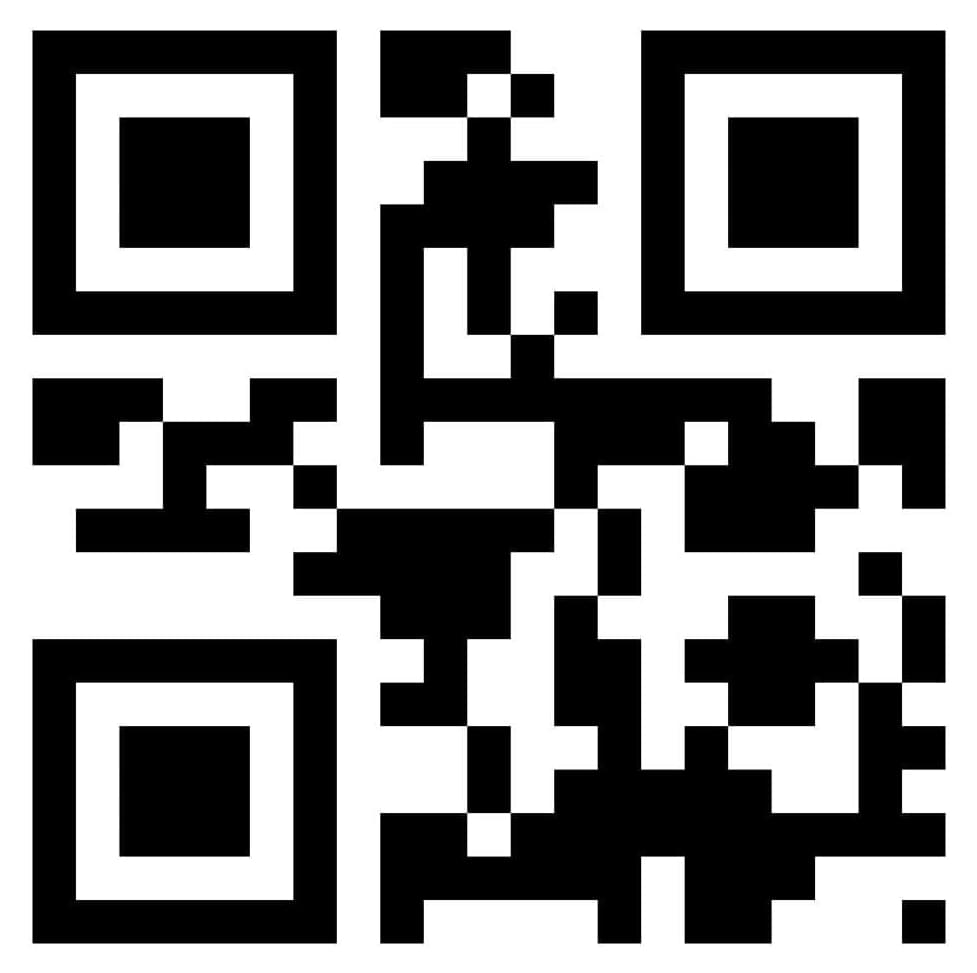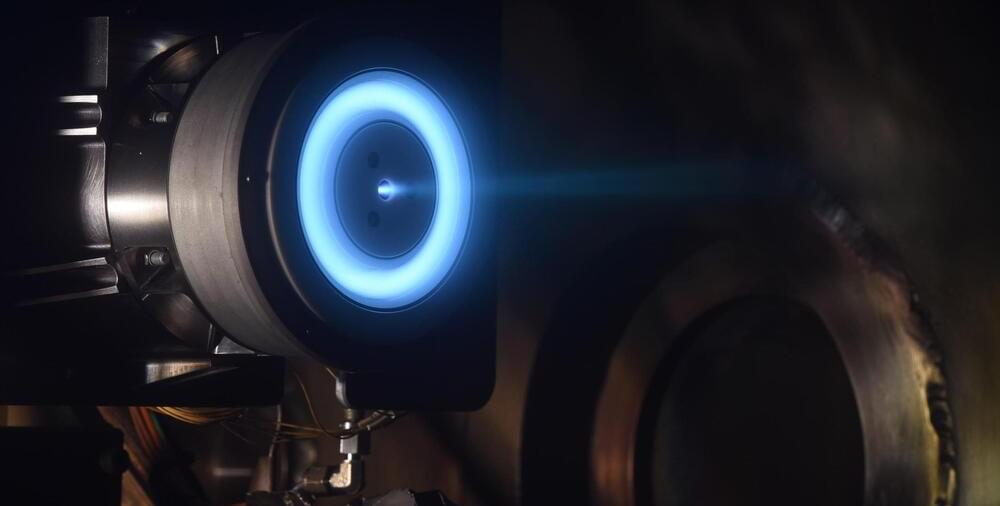A team of experts from different fields are collaborating to promote the use of scientific thinking in decision-making processes. This could lead to better and smarter choices being made by the general public, potentially helping to solve some of the world’s biggest problems.
Astronomer Frederick Walter has proposed a theory that suggests alien civilizations may have been destroyed by gamma-ray bursts, explaining why humans have not made contact with them. This theory, while morbid, offers a potential explanation for the lack of communication with extraterrestrial life.
Graph states, a class of entangled quantum states that can be represented by graphs, have been the topic of numerous recent physics studies, due to their intriguing properties. These unique properties could make them particularly promising for quantum computing applications, as well as a wider range of quantum technologies.
Can an exoplanet’s weather be mapped similar to weather on Earth and even some of the gas giants in our solar system? This is what a recent study published in Nature Astronomy hopes to address as a team of international researchers used NASA’s James Webb Space Telescope to investigated weather patterns on WASP-43 b, which is a “hot Jupiter” gas giant exoplanet located approximately 280 light-years from Earth. This study holds the potential to help astronomers develop new methods and techniques in conducting atmospheric science on planetary bodies light years from Earth.
Discovered in 2011 by the La Silla Observatory in Chile using the transit method, WASP-43 b has a radius just slightly larger than Jupiter and whose mass is slightly more than double an orbital period of 0.8 days. Because of this extremely close distance, WASP-43 b is tidally locked to its parent star, meaning one side always faces it while the opposite side always faces away from it. In 2014, NASA’s Hubble Space Telescope conducted its own weather mapping of WASP-43 b, discovering its atmosphere reflects only small amounts of sunlight, which is in stark contrast to the Earth, along with discovering the presence of water vapor. Additionally, WASP-43 b was also observed by the now-retired NASA Spitzer Space Telescope.
“With Hubble, we could clearly see that there is water vapor on the dayside. Both Hubble and Spitzer suggested there might be clouds on the nightside,” said Dr. Taylor Bell, who is a researcher from the Bay Area Environmental Research Institute and lead author of the study. “But we needed more precise measurements from Webb to really begin mapping the temperature, cloud cover, winds, and more detailed atmospheric composition all the way around the planet.”
A NEW mRNA cancer vaccine can reprogram the immune system to attack tumours within 48 hours, a study shows.
The first-ever human clinical trial of four adult patients showed the jab helps fight against aggressive and deadly brain tumours.
A new imaging technique, which captured frozen lithium atoms transforming into quantum waves, could be used to probe some of the most poorly understood aspects of the quantum world.
NASA ’s innovative propulsion technology propels small spacecraft exploration and extends satellite lifetimes, supporting U.S. leadership in space technology.
NASA has developed an advanced propulsion technology to facilitate future planetary exploration missions using small spacecraft. Not only will this technology enable new types of planetary science missions, one of NASA’s commercial partners is already preparing to use it for another purpose—to extend the lifetimes of spacecraft that are already in orbit. Identifying the opportunity for industry to use this new technology not only advances NASA’s goal of technology commercialization, it could potentially create a path for NASA to acquire this important technology from industry for use in future planetary missions.
The New Technology
A QUT-led team of international researchers has made a breakthrough in the development of a type of battery that is much safer and cheaper than the batteries currently charging our smart devices.
The research, published in the prestigious Journal of the American Chemical Society, has demonstrated a way of improving the voltage of aqueous zinc-ion batteries, which are a type of rechargeable battery which have a water-based electrolyte.
QUT researchers involved in the study are Professor Ziqi Sun, Associate Professor Dongchen Qi, and Fan Zhang from the School of Chemistry and Physics, Professor Ting Liao and Professor Cheng Yan from the School of Mechanical, Medical and Process Engineering and Dr Aaron Micallef from the Central Analytical Research Facility.
Approximately 60 percent of the meat people eat in 2040 won’t come from dead animals, but rather from plant-based substitutes and cultured meat, according to a 2019 report. “The large-scale livestock industry is viewed by many as an unnecessary evil,” the report states, adding later: “With the advantages of novel vegan meat replacements and cultured meat over conventionally produced meat, it is only a matter of time before they capture a substantial market share.”
The report — conducted by the consulting firm A.T. Kearney, and based on expert interviews — found that “classic vegan and vegetarian meat replacements as well as insect-based meat alternatives” probably won’t disrupt the $1,000 billion conventional meat industry.









